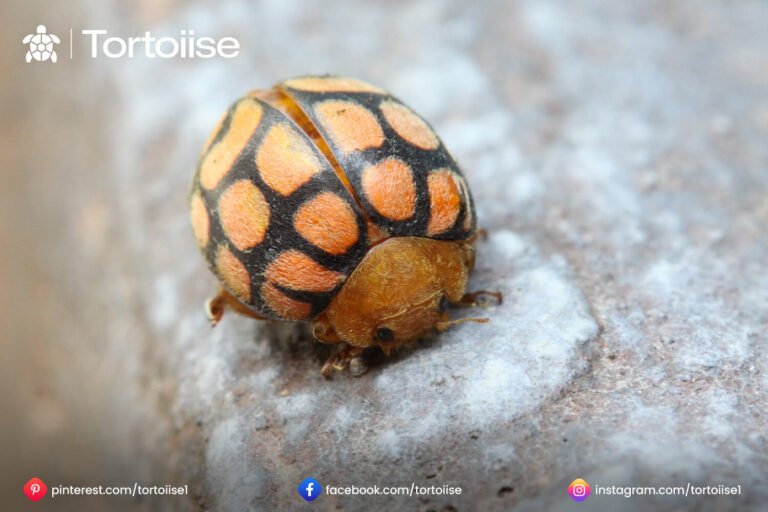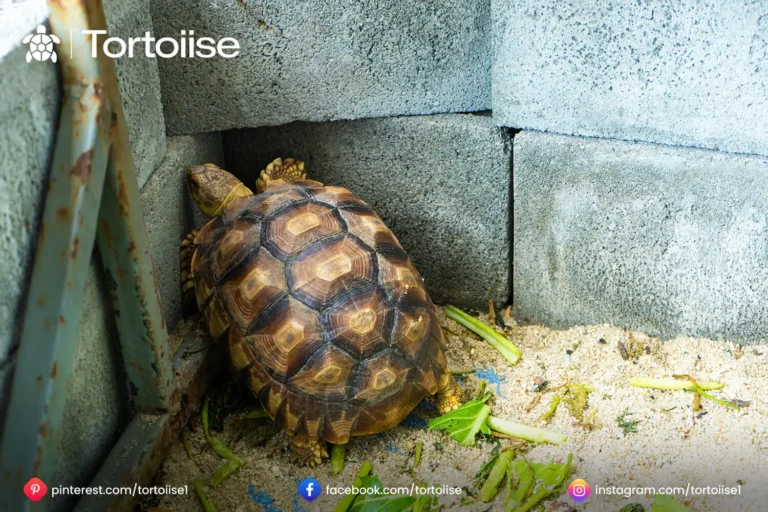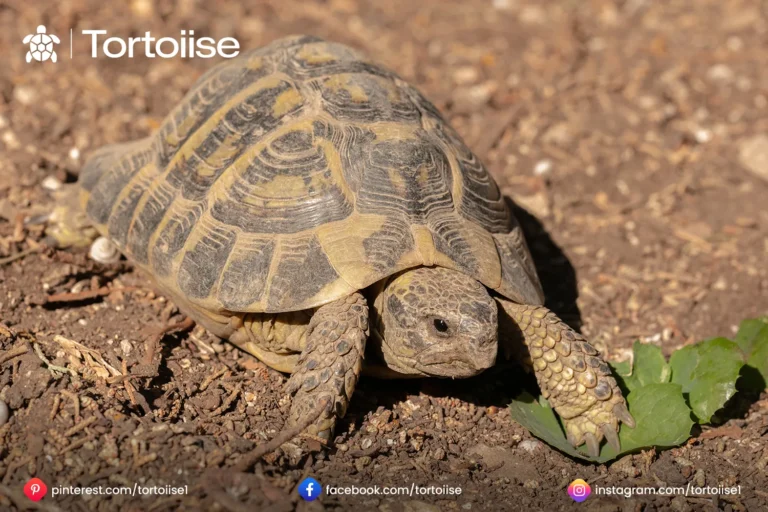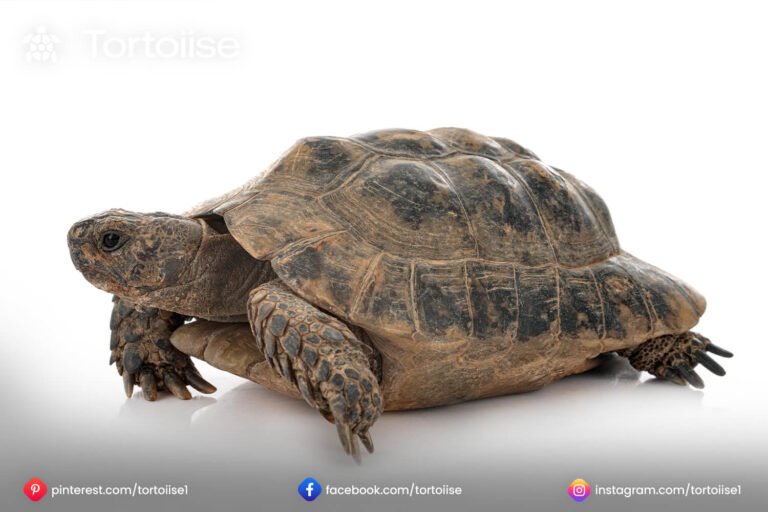How to look after tortoise
How to look after a tortoise
A Complete Aide Tortoise is are enrapturing and low-support pet that can live for quite a while when given genuine thought. Their slow speed, charming characters, and exceptional necessities make them a rewarding addition to any family. Regardless, keeping a turtle sound and euphoric requires a perception of their typical approaches to acting, dietary necessities, and climate essentials.
Here is an unmistakable manual to help you with giving the best thought to your pet tortoise, whether you’re another owner or expecting to additionally foster your thought plan.
Tortoise care
- Picking the Right Tortoise Species Various kinds of tortoise have different thought needs. Before bringing one home, research the specific species you’re excited about to ensure you can resolve their issues.
Ordinary Pet Tortoise Species Russian Tortoise Testudo Horsfield I little and extreme, ideal for amateurs. 2. Greek Tortoise Testudo graeca medium-sized with a very much arranged personality. Sulcata Tortoise Centrophilic sulcate
Colossal and rapidly creating, requiring basic space and assets. Red-Footed Tortoise Chelonioids Carbonari us. Extraordinary species with striking red markings, it favors moist conditions. Desert Tortoise Acclimated to dry conditions, requiring outdoor space in warm environments. Every species has express prerequisites for temperature, dampness, and diet. Consistently attest to these nuances preceding setting up your pet’s living space.
Setting Up the Living Space A very well-arranged alcove is crucial for your tortoise’s prosperity and comfort.
Outside Closed in Area Whenever the circumstance permits, house your turtle outside to give normal light, which is imperative for their flourishing.

Size
Outdoor walls in regions should be broad, ideally 10 square feet or more per tortoise.
Fencing
Use solid walls or fencing, something like 12-18 inches high and covered 6-12 inches deep to prevent escape.
Cover
Give a disguised district or passage where the turtle can pull out during a preposterous climate. Substrate: Use normal soil or sand mixed in with soil for digging and tunneling. Indoor Nook Indoor dwelling is sensible for additional humble species or conditions with silly environments.
Least of 4×8 feet for most species. Greater species like the Sulcata will require out-and-out more space.
Substrate
Coconut coir, cypress mulch, or a soil-sand mix works honorably. Avoid cedar or pine shavings, which can be harmful.
Lighting
Give UVB lighting to 10-12 hours every day to help calcium processing and prevent shell disfigurements. Warming: Keep a temperature incline with a thriving spot of 90-100°F (32-38°C) and cooler districts around 70-75°F (21-24°C). 3. Diet and nourishment Tortoises are herbivores, and their eating routine should mimic what they eat in nature.
2. Leafy greens and vegetables. Most of their eating routine should include
Dandelion greens, Collard greens, Mustard greens, Endive, Turnip greens, Weeds, and Wild Plants. Whenever the circumstance permits, integrate safe weeds like
Plantain, broadleaf or narrowleaf Clover, Chicory. Natural Products: Natural items should simply be offered unexpectedly as a treat in light of their high sugar content. Models include
Strawberries, Melon, Papaya, Calcium, and Enhancements. Sprinkle calcium powder with vitamin D3 on their food 2-3 times each week. Offer a cuttlebone for them to nibble on, contingent upon the situation. Food assortments to fend off from Icy mass lettuce needs supplements Spinach and rhubarb, high in oxalates that dilemma calcium. Handled or high-protein food assortments like bread, meat, or canine food
3. Water and Hydration
Tortoises get a great deal of their water from their food, but simultaneously anticipate that confirmation should provide clean water.
Water Dish
Give a shallow water dish that allows the turtle to drink and sprinkle safely without risk of suffocation.
Drenching
Retain your tortoise lukewarm water a couple of times each week for 15-20 minutes, especially for an energetic tortoise, to ensure genuine hydration. 5. Temperature and Lighting Tortoises rely upon external force sources to control their internal temperature.

UVB Lighting
Essential for indoor tortoise to arrange vitamin D3 and acclimatize to calcium. Override bulbs multiple times a year. Temperature Incline: Give a warm, thriving locale (90–100°F) and cooler districts for thermoregulation. Evening time temperatures: Continue to even temperatures between 65-75°F (18-24°C) for most species. 6. Social Approach to Acting and Taking Consideration of Tortoise are overall solitary creatures and don’t require kinship. Truly, dwelling various turtles together can on occasion provoke tension or antagonism.
Managing
Avoid exorbitant dealing with, as tortoise can feel that it is undesirable. Exactly when the principal gets them gently, supporting their entire body. Perception: Concentrate on seeing their ordinary approaches to acting, such as brushing, lolling, and investigating. Prosperity and Health Watching out for your tortoise’s prosperity will help you settle potential issues early.
Signs of a Strong Tortoise: Smooth, hard shell without breaks or distortions. Brilliant, clear eyes with no release. Dynamic and curious method of behaving. Customary hunger and especially outlined droppings. Normal clinical problems Respiratory Infections: Aftereffects include nasal congestion, wheezing, and dormancy.
Counteraction
Stay aware of fitting temperatures and moisture.
Shell Pyramiding
Raised, lopsided scutes are achieved by horrendous eating schedules or the absence of UVB. Arrangement: Give a high-fiber diet and adequate UVB lighting.
Drying out
Incidental effects integrate indented eyes and dormancy. Avoidance: Assurance permission to water and standard splashing. Veterinary Consideration Plan: yearly tests with a reptile veterinarian to screen your tortoise.
Headway and Mental Feeling Tortoise are typically curious and benefit from regular improvement.
Consumable Plants: Plant safe vegetation in their separate region for touching. Investigation: Important entryways. Change shakes, logs, and plants discontinuously to engage investigation.
Searching Activities
Spread food around the isolated region to vivify ordinary scavenging conduct. Legal and moral contemplations. Some tortoise species are protected by guidelines. It is crucial to ensure that your pet turtle was acquired genuinely.
Wild Tortoise
Never dispense with a tortoise from the wild or release prisoner tortoise into nature.
Grants
Investigate close by rules to check whether licenses are normal for having specific species. 10. Anticipating a Somewhat Long Responsibility Tortoise has unbelievably extensive futures, with various species living 50–100 years. While taking on a tortoise, contemplate the somewhat long obligation, including the possibility of passing their thought to individuals later on.
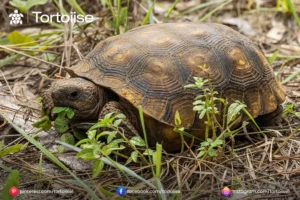
End
Zeroing in on a pet tortoise is a compensating experience that requires resistance, dedication, and data. By giving a sensible, regular habitat, a fair eating routine, and genuine clinical benefits, you can ensure your tortoise thrives and participates in a long, strong life.
These sensitive, interesting creatures bring a sensation of calm and wonder to any home, and with the right thought, they can transform into a cherished piece of your family for a seriously prolonged stretch of time into what’s to come.

